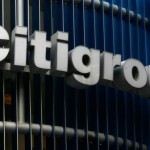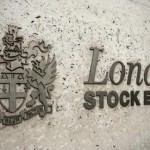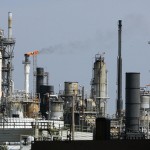The euro advanced to the strongest level in 2-1/2 years against the US dollar as European Central Bank policy makers signaled support for the 18-nation common currency areas recovery.
EUR/USD touched a session high at 1.3956 at 08:00 GMT, after which consolidation followed at 1.3946, adding 0.3% for the day. Support was likely to be received at March 12th low, 1.3843, while resistance was to be encountered at October 31st 2011 high, 1.4169.
The ECB policy makers “did reaffirm forecasts for an ongoing recovery” at their meeting on March 6, said Sean Callow, a Sydney-based currency strategist at Westpac Banking Corp., cited by Bloomberg. “There’s a little bit more optimism there. From here, we shouldn’t be too surprised if it makes a run at $1.40 over the next week or so.”
Demand for the 18-nation common currency continued to be supported after ECB President Mario Draghi said on March 6th, after the Governing Council of the ECB maintained its benchmark interest rate at a record-low 0.25%, that the euro area economy is recovering in line with the central banks baseline scenario.
The ECB also predicted that inflation will gradually accelerate. According to central bank’s estimates inflation in the euro area, which was at 0.8% last month, will accelerate to 1.7% in the fourth quarter of 2016. The cost of living will rise 1% this year, while it will accelerate to 1.3% in 2015 and an average 1.5% in 2015.
While the recovery remains fragile, with inflation still less than half the ECB target of 2%, which the central bank uses to define price stability, economic data in the past four weeks seemed encouraging. Gross domestic product in the 18-nation common currency area rose 0.3%, more than analysts had projected, mainly driven by stronger expansions in Germany, France, Netherlands and a return to growth in Italy. In addition, economic sentiment jumped to more than a 2-1/2-year high last month, while services and manufacturing output surged the most since June 2011.
Meanwhile, data today may show that retail spending in the US, which account for almost 70% of the economy, rose 0.2% last month, after contracting 0.4% in the previous month. At the same time, separate data may show the number of people filing for initial jobless benefits in the US rose by 7 000 to 330 000 in the week ended March 8, from 323 000 a week ago. Better-than-expected figures will certainly heighten the appeal of the US dollar.
However, a surge in retail sales may give investors “another risk to worry about, the risk that the U.S. economic pick-up raises fears of a backing up of U.S. rates,” according to Steven Englander, the New York-based global head of Group-of-10 currency strategy at Citigroup Inc., cited by Bloomberg.
Greenback’s demand was supported earlier in the week after two Fed officials commented that the hurdle rate to alter the pace of Fed stimulus cuts was too high. The Fed stimulus program tends to devalue the US currency.
At the same time, Fed officials will try to determine whether the weakness economy has recently demonstrated is due to temporary factors, before their next policy meeting scheduled for March 18-19th.
The central bank announced in December that it will pare monthly bond-buying purchases by $10 billion, after which it decided on another reduction of the same size at the meeting on policy in January, underscoring that labor market indicators, which “were mixed but on balance showed further improvement”, while nation’s economic growth has “picked up in recent quarters.”
Elsewhere, AUD/USD climbed to a session high at 0.9081 at 4:35 GMT, also the pair’s highest level since March 7th, after which consolidation followed at 0.9063, rising 0.83% for the day. Support was likely to be received at March 12th low, 0.8924, while resistance was to be encountered at March 7th high, 0.9134.





